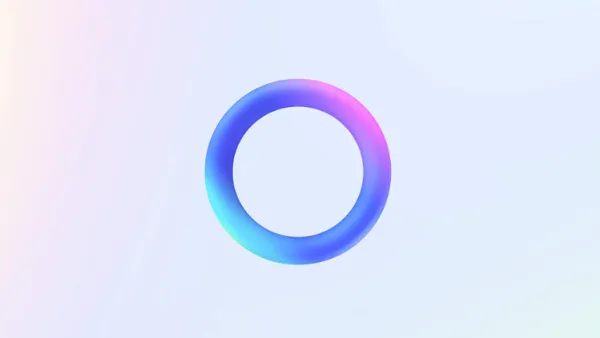# LinkedIn Provides Choice to Tag Chats with a ‘Starred’ Perform

Table of Contents
LinkedIn Provides Choice to Tag Chats with a ‘Starred’ Perform

As you possibly can see in these instance screens, now you can ‘star’ your chat interactions, with a purpose to preserve tabs on them inside their very own, devoted ‘starred’ filter.
Which has similarities to Gmail or different electronic mail purchasers, making it a bit of simpler to handle lively, ongoing discussions.
LinkedIn has been working to enhance its messaging instruments, with new additions like ‘Centered Inbox’, which provides a ‘Featured’ and ‘Different’ folder to separate your chats.
Like all social platforms, LinkedIn has seen increasingly exercise shifting to non-public DMs, with the novelty of public posting now being overshadowed by political division and criticism, which has made customers extra cautious and cautious in what they submit. LinkedIn not too long ago reported that conversations within the app are up almost 20% year-over-year, which is why it’s now trying to enhance its DM choices, and facilitate extra engagement.
The capability to filter chosen conversations could possibly be notably helpful for individuals who use LinkedIn to generate leads, serving to to maintain observe of key chats, and be certain that you’ve auctioned all key contacts.
You possibly can learn extra in regards to the new star performance right here.
Andrew Hutchinson




